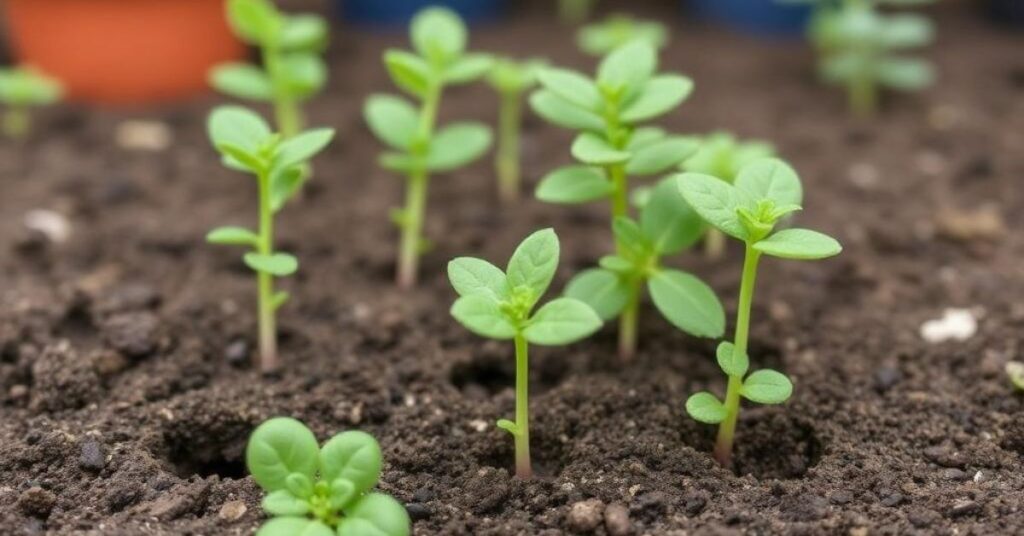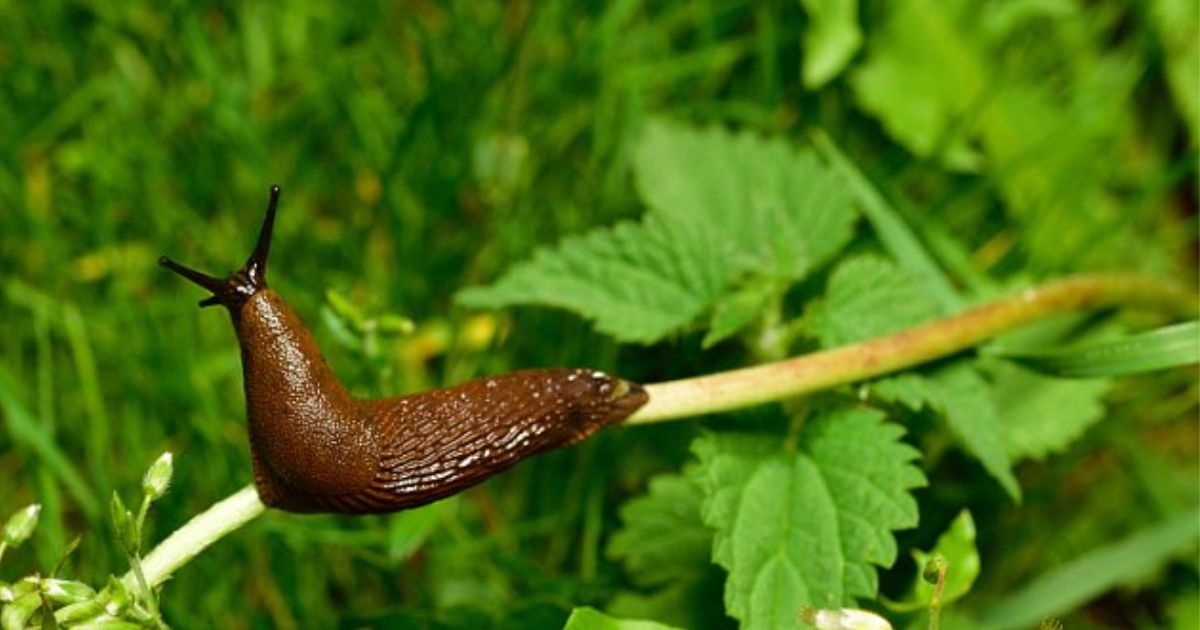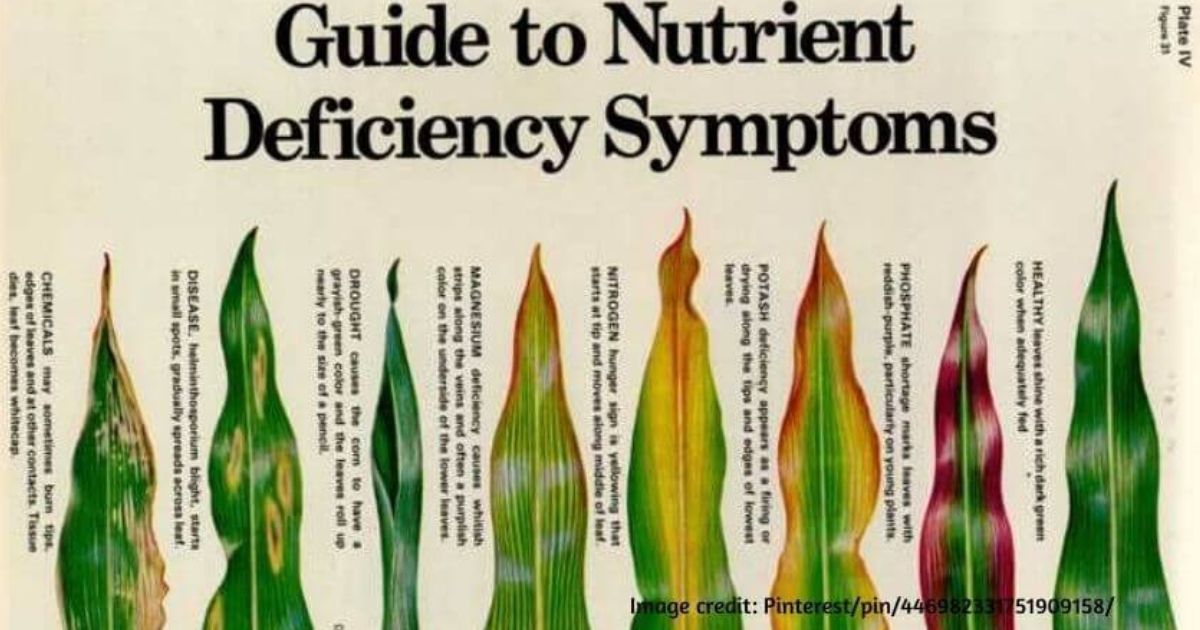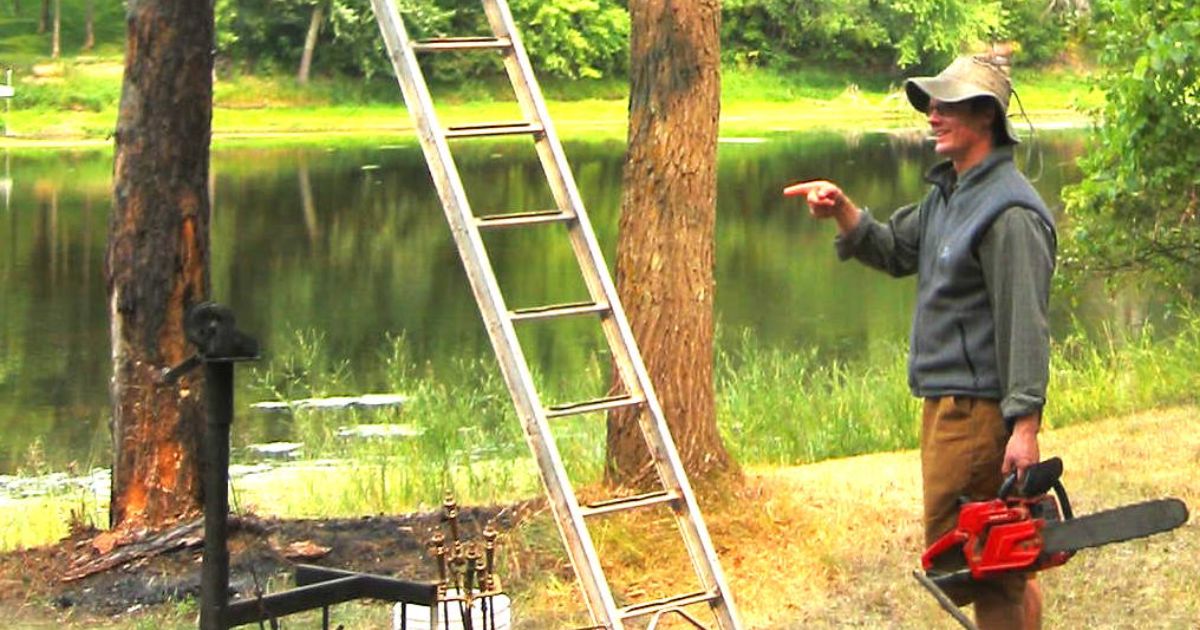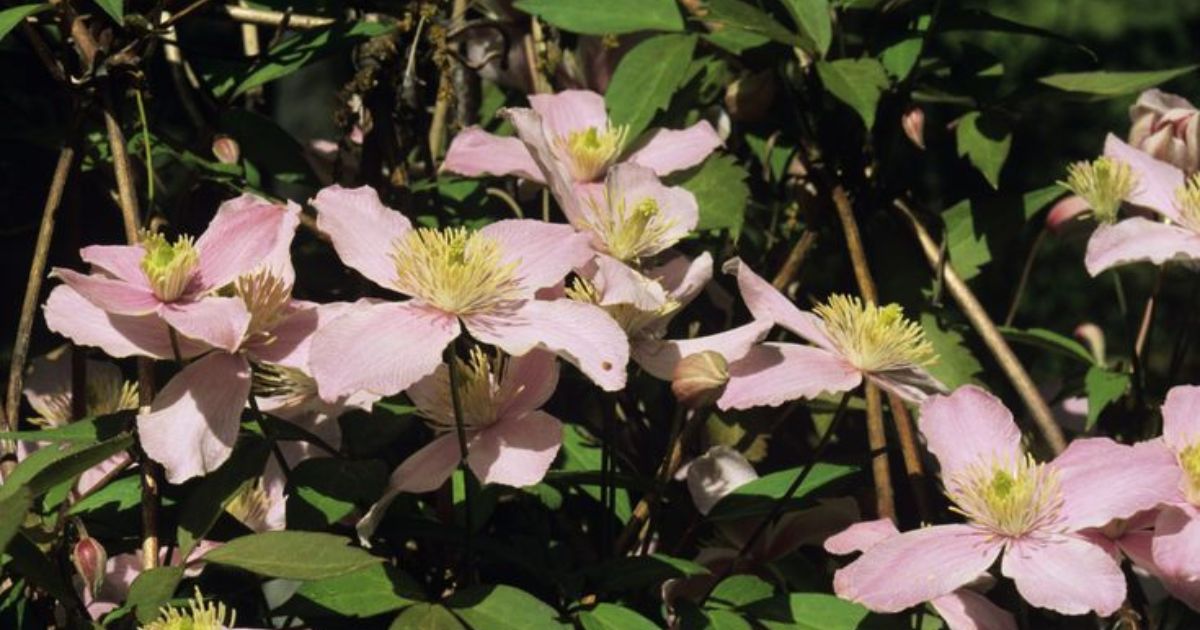Growing your plants from seed is nothing short of magical. It’s a hands-on way to connect with nature’s rhythms, watching life unfurl from tiny beginnings and turn into lush greenery. It’s not just about the aesthetics; it’s about embracing self-sufficiency and enjoying the immense satisfaction of cultivating something from scratch. But let’s face it, seed starting isn’t all sunshine and rainbows—it comes with its fair share of challenges, frustrations, and unexpected setbacks.
At Southern seed starting mistakes, we’ve had the privilege of helping gardeners—both newbies and veterans—navigate the joys and pitfalls of seed starting. Over time, we’ve observed a recurring pattern of mistakes that can hinder the growth of seedlings or even prevent seeds from sprouting altogether. Most of these issues boil down to misunderstandings about the unique needs of various seeds, skipping critical instructions, or overlooking the subtle nuances of plant care.In this comprehensive guide, we’ll uncover the top 10 seed-starting mistakes we encounter most often. We’ll also offer expert tips and actionable advice to help you overcome these challenges and ensure your garden thrives. Whether you’re a seasoned green thumb or just getting started, this guide will provide you with the skills and information you need to grow your seeds into thriving plants.
Ignoring Growing Instructions
It might seem tempting to experiment when planting seeds, but completely disregarding the growing instructions is one of the quickest ways to fail. Every seed variety has unique requirements for planting depth, temperature, water, and light levels. Ignoring these guidelines can result in poor germination or stunted growth.
For example, some seeds need to be planted deep, The Best Containers for Seed Storage while others need light to sprout and should be sown on the soil surface. Following the instructions on seed packets or your supplier’s website can mean the difference between a thriving garden and a frustrating experience. Take the time to read and follow the instructions—your garden will thank you later.
Skipping Cold Stratification
Many seeds, especially perennials and native plants, require cold stratification to mimic natural winter conditions. This process breaks seed dormancy, signalling that it’s time to grow. If you skip this critical step, your seeds may stay dormant and fail to germinate.Put seeds in a wet medium, like vermiculite or peat moss, to stratify them. store them in the refrigerator for a few weeks. Always check the seed packet to see if cold stratification is necessary. seed starting mistakes Planning and patience go a long way in ensuring these seeds germinate successfully.
Planting Seeds Too Deep (or Too Shallow)
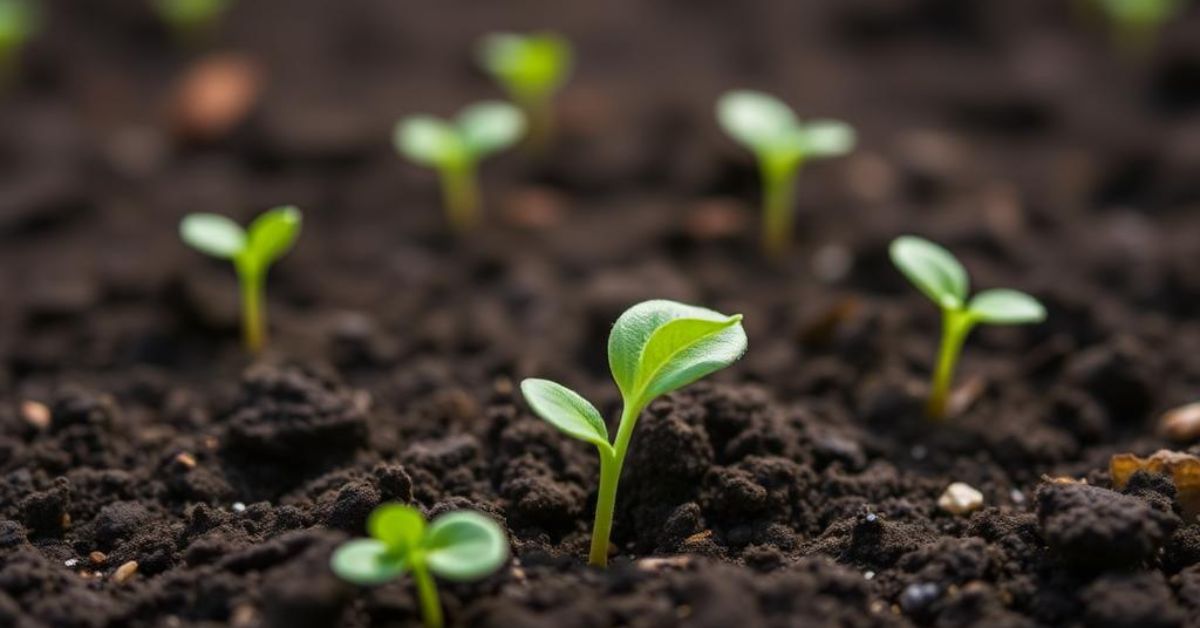
Seeds have a finite amount of energy to push through the soil and reach the surface. Planting them too deep can exhaust their energy, while growing them too shallow may expose them to pests or drying out.The “Goldilocks rule” applies here: plant your seeds at just the correct depth, as the packet specifies. For smaller seeds, catfacing on tomatoes lightly press them into the soil without burying them. Follow the depth guidelines for larger seeds to ensure they have enough soil to anchor roots while still making it to the surface.
Not Providing Enough Light
Light is critical for seedlings. Without it, they become “leggy”—thin, weak, and stretched out—as they struggle to find a light source. A sunny windowsill might seem sufficient, but many seedlings require more direct sunlight than most indoor spots can provide.Invest in grow lights if natural light isn’t enough. Place them close to the seedlings (about 2–4 inches above) to mimic sunlight, and use a timer to maintain a day-night cycle. Providing consistent light will ensure your seedlings grow strong and healthy.
Overwatering or Underwatering
It can be challenging to find the ideal watering balance. Too much water can drown seeds, cause root rot, and promote fungal growth, while too little can leave them dry and lifeless.
To strike the perfect balance:
- Use a well-draining seed-starting mix.
- Water only when the soil surface feels dry to the touch.
- Avoid letting seedlings sit in standing water.
- A light misting is often sufficient for young seedlings. How to Grow Garlic: Planting, Gradually adjust your watering routine as they grow.
Overcrowding Seeds and Seedlings
It’s easy to sow seed starting mistakes too densely when dreaming of a lush garden, but overcrowding causes competition for light, water, and nutrients. This can lead to weak, underdeveloped seedlings.
For optimal growth:
- Follow spacing recommendations on seed packets.
- Thin out crowded seedlings by snipping weaker ones at the base.
- Provide ample room for the remaining seedlings to develop strong roots and stems.
- Quality beats quantity every time, so don’t be afraid to thin your plants.
Neglecting the Hardening-Off Process
After weeks of nurturing seedlings indoors, abruptly transplanting them outside can result in transplant shock. This happens when tender seedlings are suddenly exposed to outdoor elements like wind, direct sun, preserving vegetables for winter and fluctuating temperatures.
To prevent this:
- Gradually acclimate your seedlings over 7–10 days by placing them outdoors for a few hours each day.
- Increase their exposure to sunlight and wind a little more each day.
- Bring them indoors at night if temperatures drop too low.
- This hardening-off process toughens your plants and prepares them for the outdoor garden.
Using the Wrong Soil
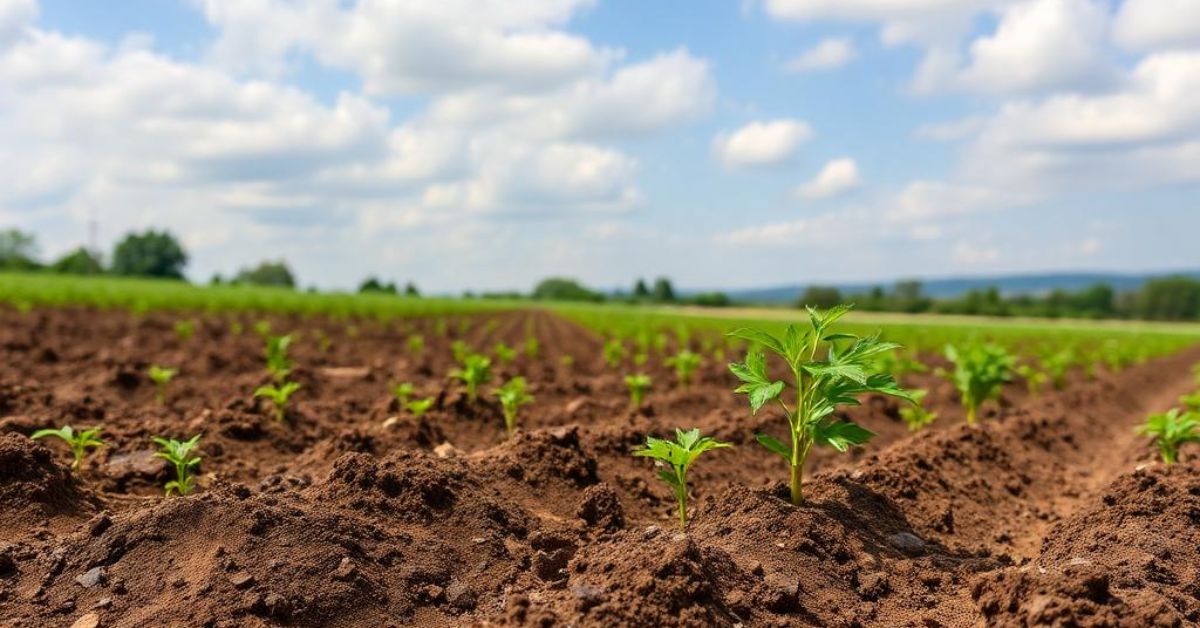
Seeds require a specific environment to germinate successfully. Garden soil or old potting mix can compact too easily, harbour pests, or lack the necessary drainage and nutrients for seedlings.Instead, use a fresh, sterile seed-starting mix. These mixes are lightweight, drain well, and provide the ideal conditions for seed germination. Avoid adding fertilizer to the mix initially, as seeds contain all the nutrients they need to sprout.
Overfertilizing Too Early
Giving seedlings a nutrient boost seems reasonable, but overfertilizing can harm young plants. Excess nutrients can cause salt buildup in the soil, which damages roots and inhibits growth.Start with a sterile, What is Damping Off Disease unfertilized seed-starting mix, and wait until seedlings have developed their first set of true leaves before applying diluted fertilizer. Use a gentle, balanced fertilizer to avoid overwhelming your seedlings.
Forgetting to Learn and Adapt
Even experienced gardeners make seed starting mistakes, and nature has a way of keeping us humble. Whether it’s unexpected weather or a new plant you’ve never grown before, gardening is a continuous learning process.Research the needs of each plant variety, experiment with techniques, and keep a gardening journal to track what works and what doesn’t. The more you adapt and learn, the more rewarding your gardening experience will be. Outdoor seeds
What Happens If You Plant Seeds Too Early?
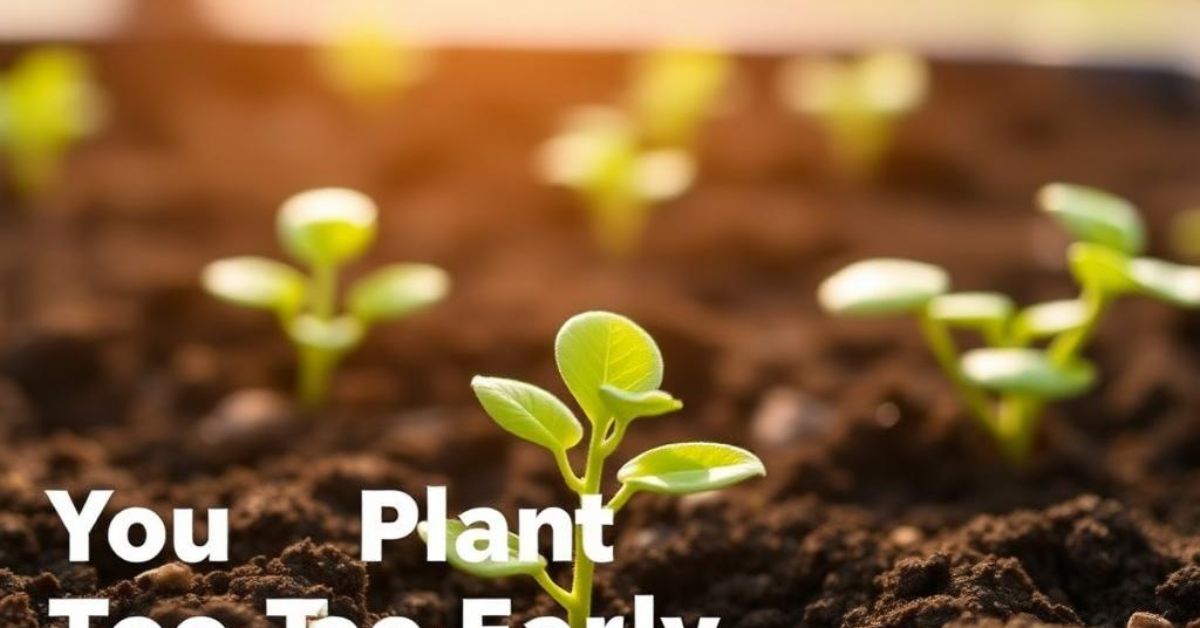
Planting seeds too early can lead to several problems that may hinder the growth and health of your plants. One of the most common issues is exposure to cold temperatures. Germination may be delayed or fail altogether if you start seeds before the last frost date or when the soil is too cold. Even if the seeds sprout, young seedlings are highly susceptible to frost damage, which can stunt their growth or kill them entirely.Additionally, seeds planted too early indoors can become leggy and weak due to insufficient light. While grow lights can help, seedlings that outgrow their indoor space may struggle to stay healthy before it’s time to transplant them outdoors. Overcrowded seedlings often compete for resources, leading to poor root development and weakened plants.
Another concern is the lack of appropriate conditions for plants to thrive. Outdoor seeds planted too early may face nutrient deficiencies, inconsistent moisture levels, Why the Banana Plant is Actually an Herb AND a Berry or a lack of beneficial microorganisms in cold soil.To avoid these pitfalls, always follow recommended planting timelines for your region. Waiting for the right time ensures that seeds are given optimal conditions to sprout, grow strong, and produce a healthy, bountiful garden. Patience truly pays off in gardening!
Final Thoughts
Seed starting is a journey filled with learning, patience, and reward. By avoiding common pitfalls like ignoring growing instructions, planting seeds too deep, or skipping crucial steps like hardening off, you can set your garden up for success. Every seed has its own story and requirements, seed starting mistakes so paying attention to these details is key to transforming tiny seeds into thriving plants. Remember, gardening is a balance of science and intuition. Even seasoned gardeners encounter setbacks, but each mistake is an opportunity to grow and improve. With the proper knowledge, a bit of preparation, and a willingness to adapt, you can enjoy the satisfaction of nurturing a flourishing garden that brings joy, beauty, and abundance season after season.
FAQ
Why won’t my seeds germinate?
Check if you followed the correct planting depth, light, and temperature conditions. Some seeds may also require cold stratification.
How often should I water seedlings?
Water when the soil feels dry, ensuring it’s evenly moist but not waterlogged.
Can I use garden soil to start seed planting?
No, garden soil is too dense and can harbour pests or diseases. Use a sterile seed-starting mix instead.
What are grow lights, and do I need them?
Grow lights provide the full spectrum of light required for healthy seedling growth. They are essential if you lack a sunny spot indoors.
How do I prevent my seedlings from becoming leggy?
To give them room to grow, ensure they receive adequate light (6–8 hours daily) and avoid overcrowding.

